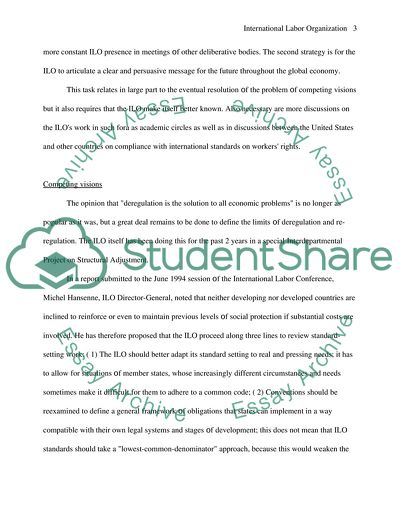Cite this document
(The International Labor Organization Assignment, n.d.)
The International Labor Organization Assignment. https://studentshare.org/law/1710420-the-international-labor-organization-ilo
The International Labor Organization Assignment. https://studentshare.org/law/1710420-the-international-labor-organization-ilo
(The International Labor Organization Assignment)
The International Labor Organization Assignment. https://studentshare.org/law/1710420-the-international-labor-organization-ilo.
The International Labor Organization Assignment. https://studentshare.org/law/1710420-the-international-labor-organization-ilo.
“The International Labor Organization Assignment”. https://studentshare.org/law/1710420-the-international-labor-organization-ilo.


